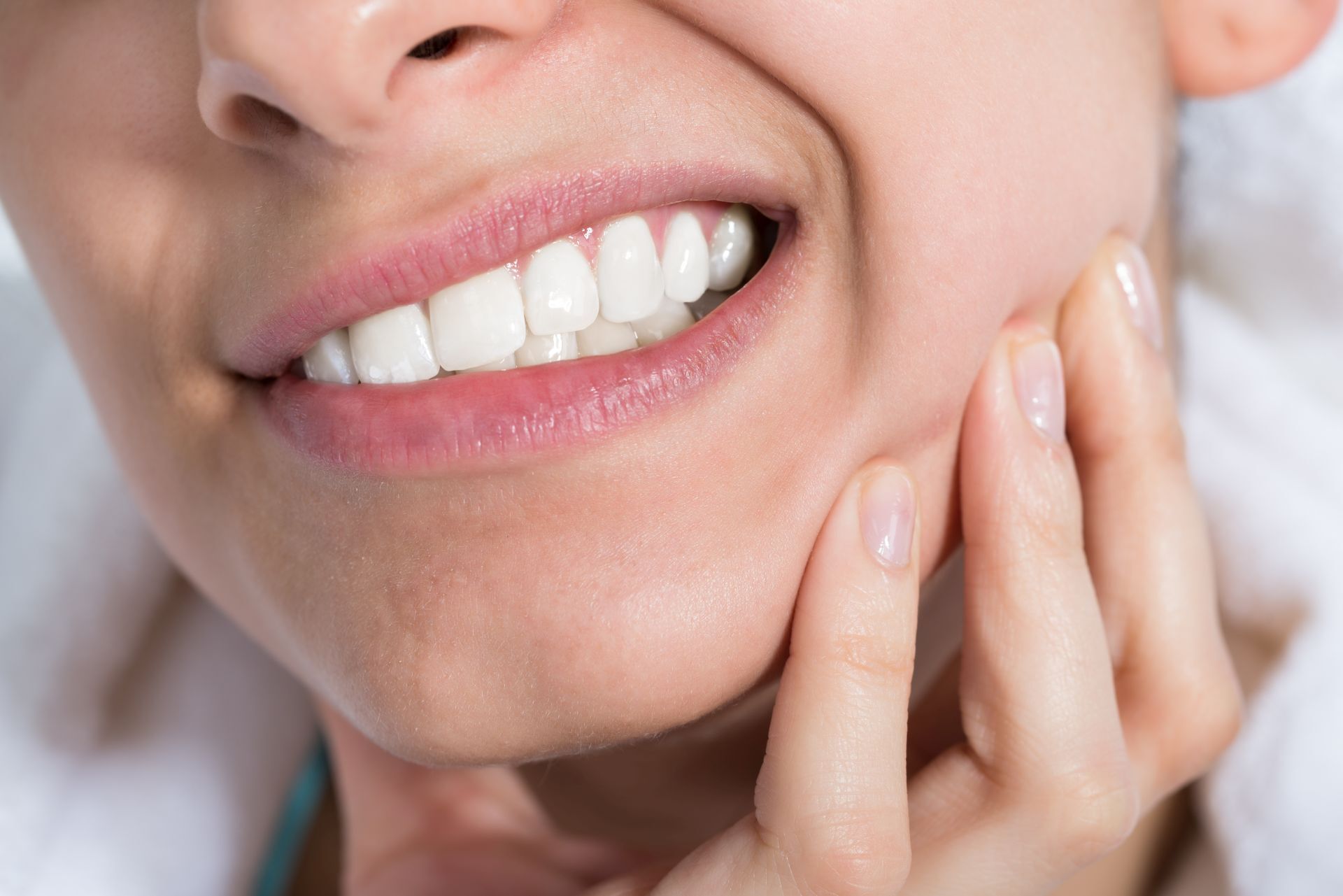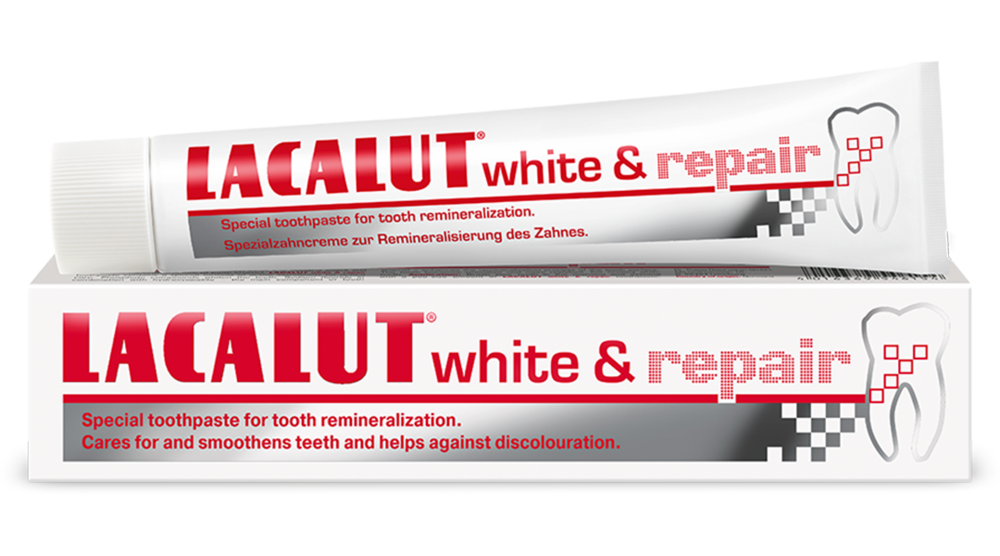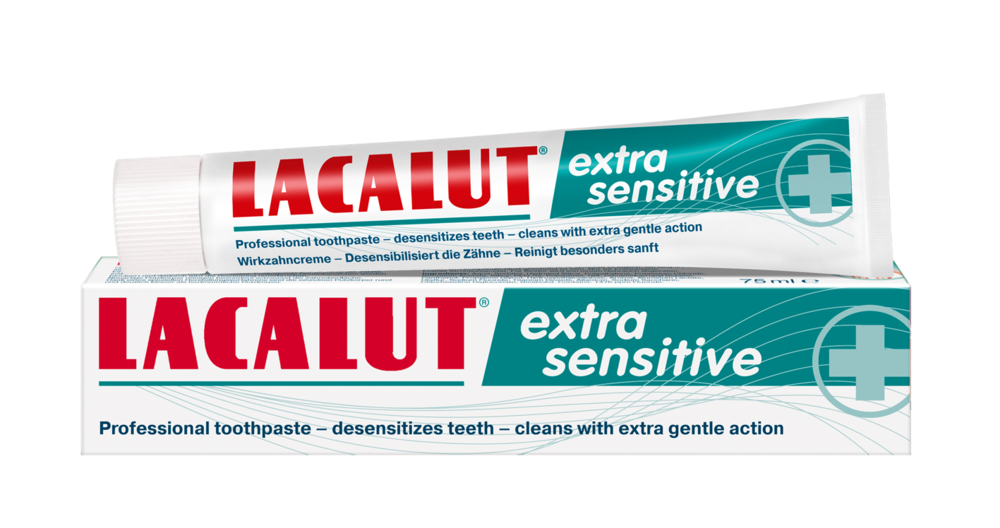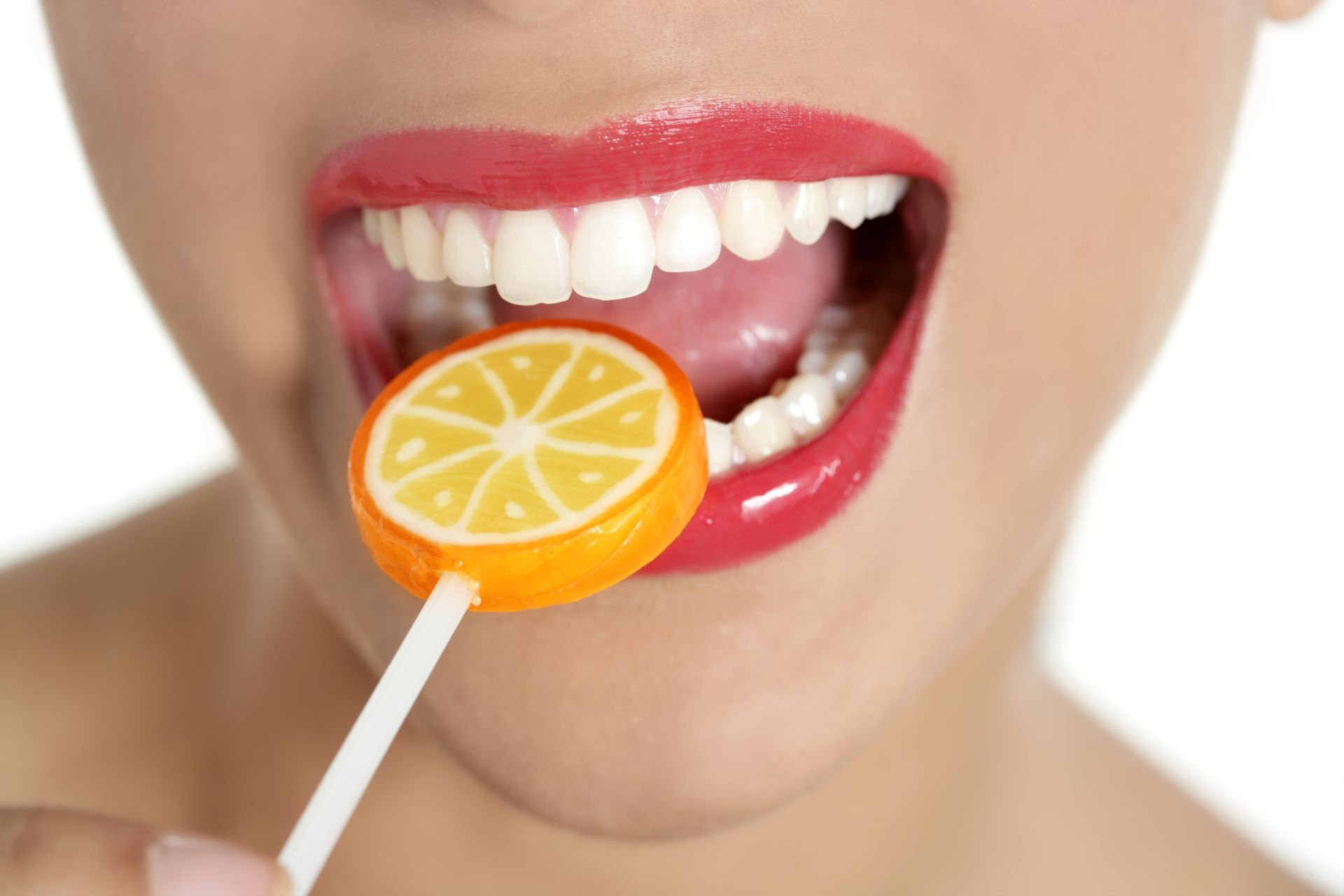Tooth enamel: it is the hardest substance in the human body. Technically. Because acidic foods and night-time grinding attack the teeth’s outer layer. Over time and with incorrect care, the enamel slowly declines. Enamel loss is one of the most common dental problems. The consequences are pain-sensitive teeth, small defects and an increased risk of tooth decay.
What exactly is tooth enamel?
Intact tooth enamel consists of a calcium-phosphate compound – the so-called hydroxyapatite. This natural protective layer is arranged like fish scales, can become up to 2.5 millimetres thick and gives the teeth their enormous hardness and compensates for the temperature fluctuations of hot or cold food. At the same time, healthy enamel protects against damage, wear and tear as well as bacteria. However, it is considered a dead tissue. This means that: it can neither be regenerated nor reproduced by the body. The enamel’s build-up is complete before the tooth even erupts through the gums.
How is it attacked?
As strong as tooth enamel is, it can still be damaged. Acids in particular affect it. If the pH value in the mouth drops due to acidic foods, such as fruit, lemonade or wine, the tooth enamel is softened. If this happens frequently or very regularly, for example if fruit juice is drunk throughout the day, the tooth enamel is slowly depleted (medically know as: tooth erosion). The following factors also attack the enamel:
- Incorrect oral hygiene. Vigorous cleaning of the teeth with a stiff brush damages the tooth enamel.
- Night-time grinding (medically known as: bruxism). The uncontrolled movements of the jaw cause mechanical wear.
- Stomach acid. In rarer cases, certain underlying diseases are responsible for the enamel loss. In the case of reflux or bulimia, for example, the tooth enamel is damaged by stomach acid.
How can tooth enamel defects be recognised?
It is often difficult for a layperson to spot the loss and initial enamel defects with the naked eye. A typical symptom that those affected feel is tooth sensitivity. Intact tooth enamel is insensitive to pain because it is not traversed by nerves or blood. However, if the enamel is lost, the protection of the sensitive underlying dentine decreases – hot and cold foods trigger a direct pain reaction. Another sign is toothache caused by tooth decay. Bacteria have an easier time if the enamel is defective. They can easily penetrate into the interior through the tooth’s damaged surface structure. Their metabolic products hollow out the tooth, caries develops.
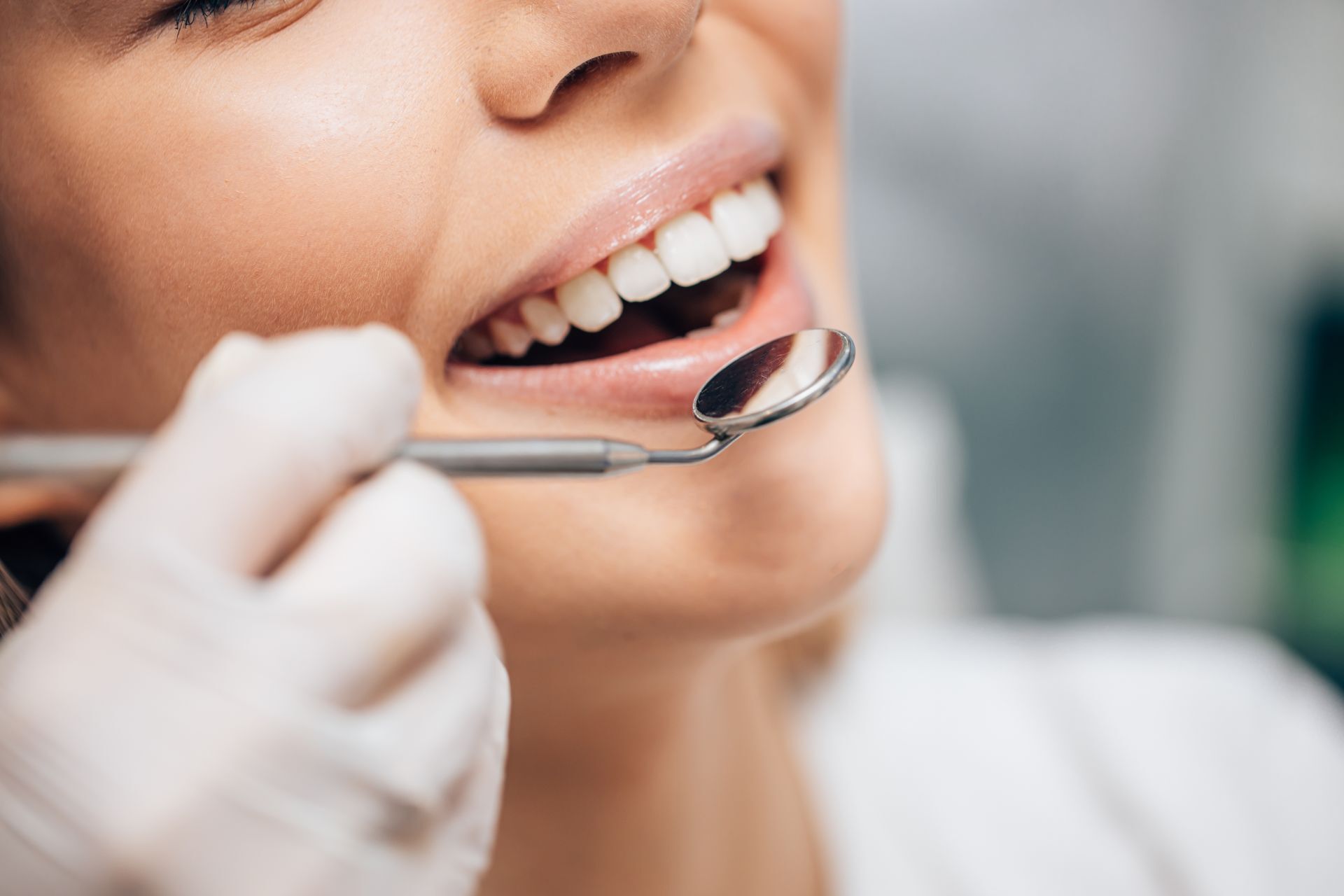
It is often difficult for a layperson to spot the loss and initial enamel defects with the naked eye. A typical symptom that those affected feel is tooth sensitivity. Intact tooth enamel is insensitive to pain because it is not traversed by nerves or blood. However, if the enamel is lost, the protection of the sensitive underlying dentine decreases – hot and cold foods trigger a direct pain reaction. Another sign is toothache caused by tooth decay. Bacteria have an easier time if the enamel is defective. They can easily penetrate into the interior through the tooth’s damaged surface structure. Their metabolic products hollow out the tooth, caries develops.
It is advisable to visit the dentist regularly, so that any enamel loss can be recognised in good time. With a trained eye, your dentist can quickly judge the enamel’s condition. For example, if the front teeth have become more transparent near the cutting edges, that's a bad sign. Matt, lacklustre teeth or discolourations also indicate defects. The reason for the latter: the dentine increasingly shines through the enamel. Its yellowish colour makes the teeth appear darker. Likewise, small cracks and dents on the chewing surfaces indicate that the enamel is porous.
Can tooth enamel build up again?
If enamel loss is diagnosed, it is important to determine its causes. To do this, dentists often start by asking patients about their eating habits and thus about acidic foods that they often consume unwittingly. A food diary can provide information and also help those affected to become aware of these acids. Once the triggers have been identified, they should be avoided in future. Since tooth enamel cannot regenerate itself and also does not grow back. In the case of advanced enamel defects, the dentist will try to rebuild the affected areas with fillings and crowns. In order to prevent this from happening in the first place, it is advisable to care for, strengthen and protect the tooth enamel. This is how it’s done:
Stop teeth grinding. About 80 percent of all dental patients grind their teeth at night. A custom-made bite splint protects the chewing surfaces and reduces abrasions. However, those who clench and grind their teeth often suffer from stress. That's why relaxation methods such as meditation, autogenic training or progressive muscle relaxation used before going to bed can also help – and thus protect the tooth enamel.
Eat raw foods. Carrots, kohlrabi or celery require intensive chewing movements. which activate the protective saliva flow. This is important because the minerals it contains neutralise aggressive acids and strengthen the tooth enamel.
Brush teeth gently. Over time, intensive brushing wears away the tooth enamel. One indication that too much pressure is being applied are bristles that wear out quickly. In this case, gentler and slower movements will be worthwhile. Anyone who uses Lacalut aktiv toothpaste also strengthens the tooth enamel with the sodium fluoride it contains and increases the teeth’s resistance to tooth decay.
Build protection. Foods like coconut oil or dairy products have protective properties. While the latter also counts as an acidic food, its high calcium content offsets the danger to the tooth enamel.
Ask about side effects. Some medications, such as certain antibiotics or antidepressants, can damage the tooth enamel. The attending physician may know an effective alternative.
Avoid or replace acids. Acidic foods attack the tooth enamel by lowering the pH level in the mouth. Soft drinks are particularly aggressive, but fruit, wine or juice can also cause damage in the long term. Safe drinks, on the other hand, include water and herbal tea. Those who eat acidic foods can rinse their mouth with water or drink a few sips of water afterwards, which dilutes the acid. You should wait at least 30 minutes or, better still, an hour, before brushing your teeth, so that the tooth enamel can regenerate.
